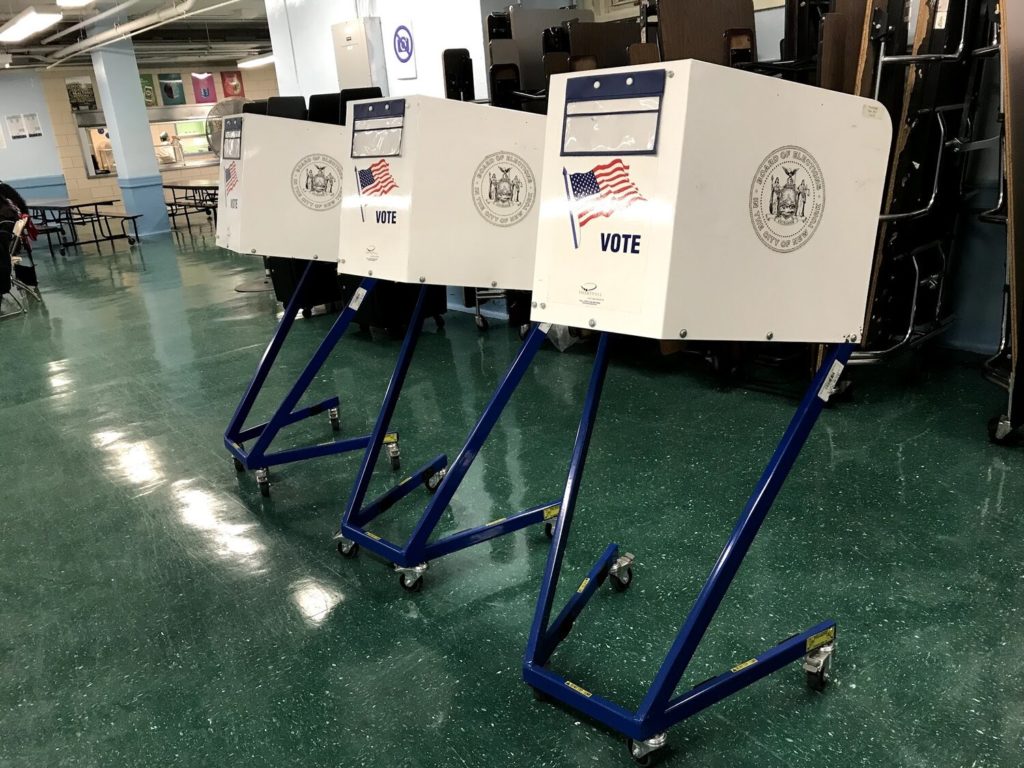
By Jagpreet Khakh and Howard Wong
Any voter knows the feeling of casting their ballot for the candidate they think can win, instead of the one who inspires them. But with Ranked Choice Voting (RCV) — which we’ll be using for the first time in Council District 24 on February 2nd, and city-wide in June — we finally have the chance to vote our values. It’s particularly important for underserved and underrepresented communities, like the ones we work with at Chhaya and the Chinese-American Planning Council, because RCV eliminates the “spoiler effect;” meaning that more candidates that look like us can win, including women and first-time candidates. And it means that traditional candidates have to campaign to our communities instead of just relying on their base to eke out a win. This is great news.
So what is RCV?
It’s simple. RCV allows voters to rank five candidates in order of preference, or vote for just one as they always have. If no one wins with a majority (more than 50 percent), the candidate that came in last is eliminated and your second choice votes get counted and so on until there’s a majority winner. RCV will apply to primaries and special elections for all local offices including City Council, Borough President, Comptroller, Public Advocate and Mayor.
RCV has the ability to revolutionize what New York City politics look like: It can deliver elections that are more democratic than New York’s multi-candidate primaries, and in California, it’s increased representation across the board, electing the first Black woman to Mayor of San Francisco. Many community-based organizations like ours are already doing the work to make sure voters know what to expect when they head to the polls. But some critics have suggested that immigrants and voters of color won’t be able to understand RCV, and that’s simply incorrect — with studies showing no difference in understanding of RCV between whites and people of color — not to mention insulting: If immigrants can handle the challenges they face on a daily basis, like operating in their second or third language, navigating government bureaucracies, or even learning to vote the traditional way in their non-native country, we are confident that they will be able to rank their preferences in an RCV election, just like everyone else.
Chhaya has already conducted a number of RCV trainings with tenant leaders we work with, as well as others with various partners. And we’re planning to have an extensive education campaign, working with religious organizations and grassroots leaders. Chhaya will host a candidate forum for the special election in Council District 24 on January 14th, dedicating the first 15 minutes to RCV education. And the Chinese-American Planning Council is using our brand new civic engagement program to reach out to voters with education available in multiple languages on RCV.
Historically, immigrant communities and communities of color are vastly underrepresented compared to their population size in New York City. Even though the South Asian community has been in New York City since the 1880s, it wasn’t until last year that the first South Asian candidates won, when voters elected Jenifer Rajkumar and Zohran Mamdani to the Assembly — the same year the United States elected the first South Asian, Black, female Vice President. New York City is home to the highest ethnic Chinese population of any individual city outside Asia, but our representation isn’t yet close to reflecting that. There have been many reasons for our chronic lack of representation, but disenfranchisement from the political process is the largest contributor. RCV is an opportunity to end that trend and elect candidates that actually look like the populations they represent.
To immigrants, a new voting process is not a unique challenge. The immigrant community is well-equipped to understand RCV, especially with the efforts of Chhaya, Chinese-American Planning Council, and our partnered organizations that are already underway. As trusted community-based organizations, we are here to help our constituencies understand RCV and ensure that we are represented in the political process at all levels of government in New York City.
The bottom-line is this: Immigrants have always been resilient, uprooting their lives and relearning how to do everything in a new country, possibly in a new language and often far away from their family and friends. Rank choice voting should be a snap by comparison.
Jagpreet Khakh is lead organizer at Chhaya Community Development Corporation and Howard Wong is civic engagement manager at the Chinese-American Planning Council
